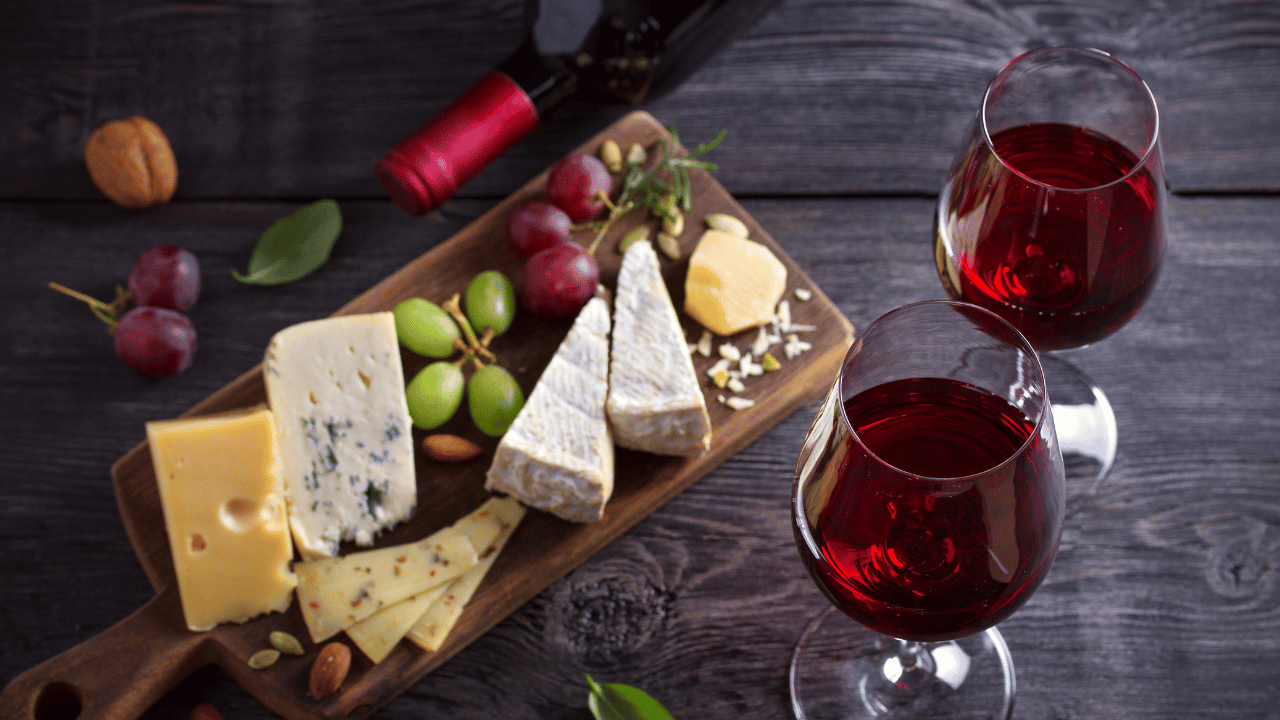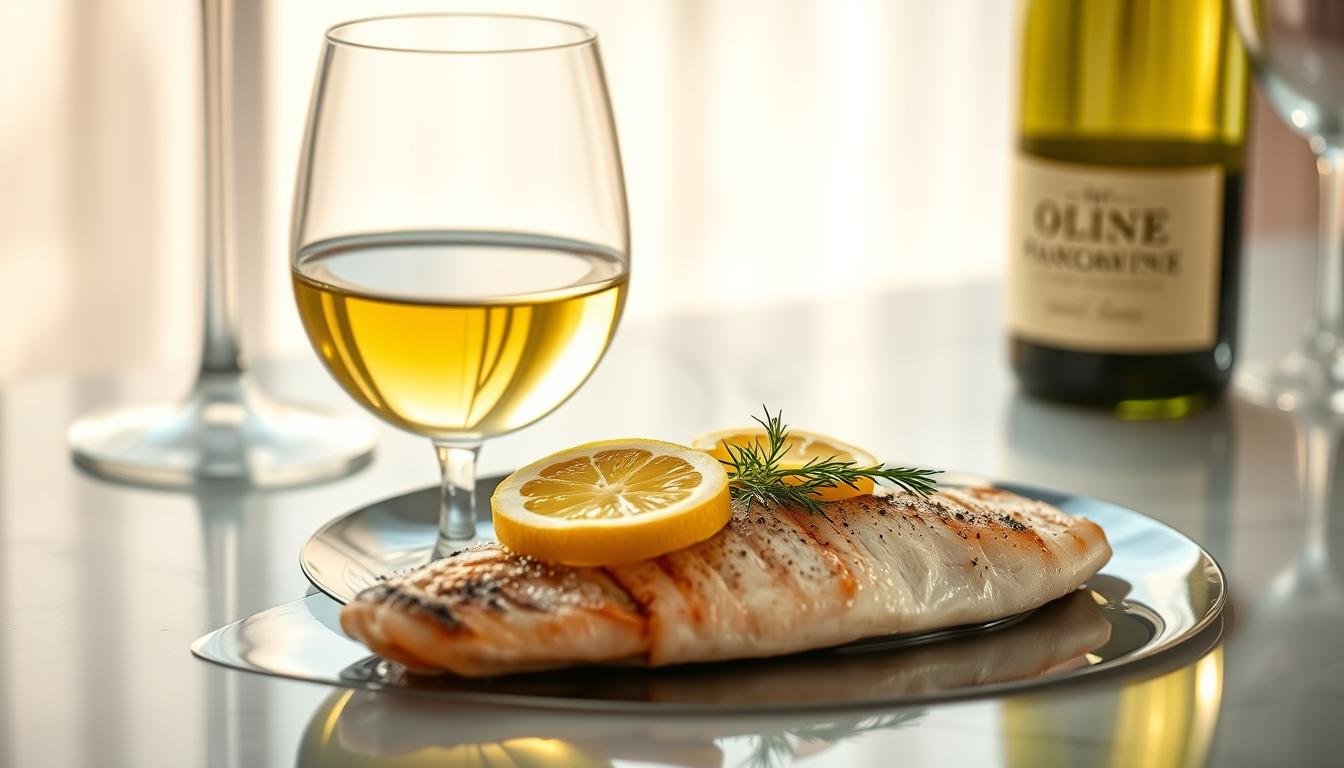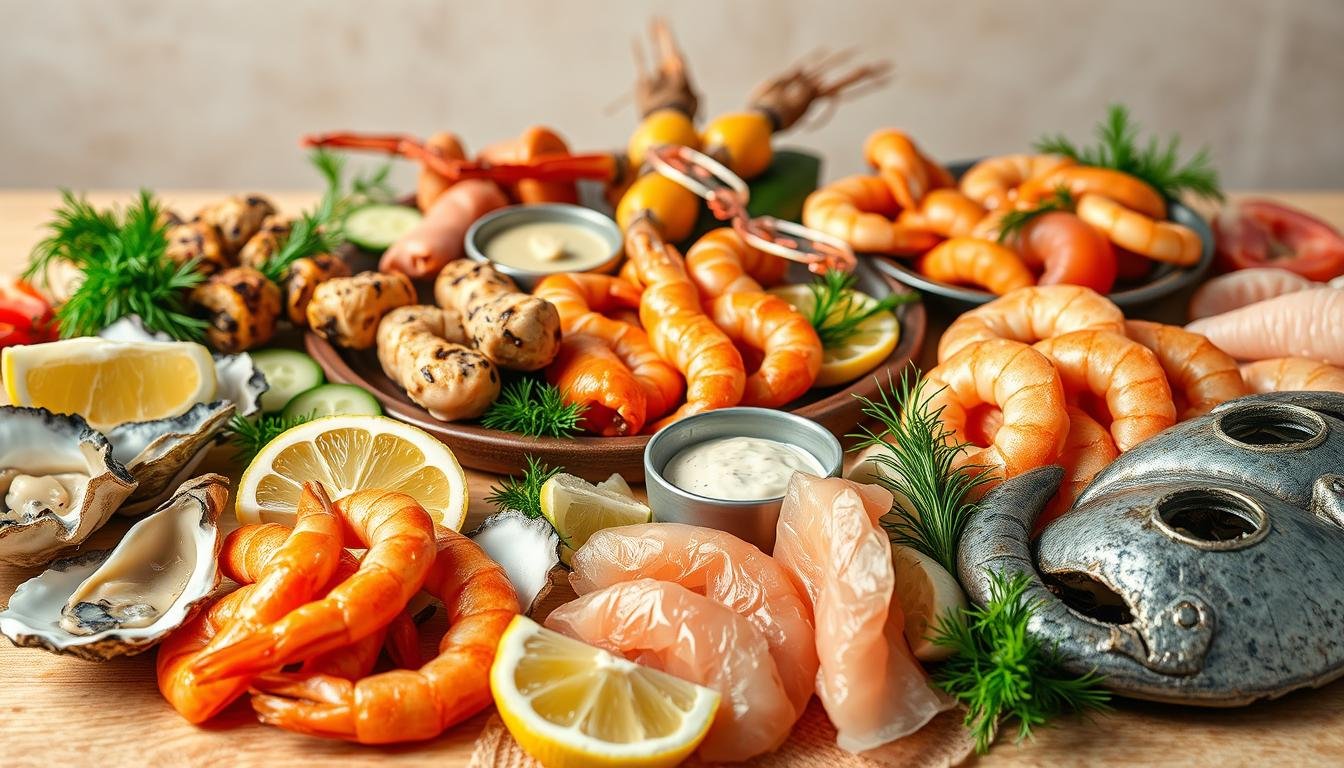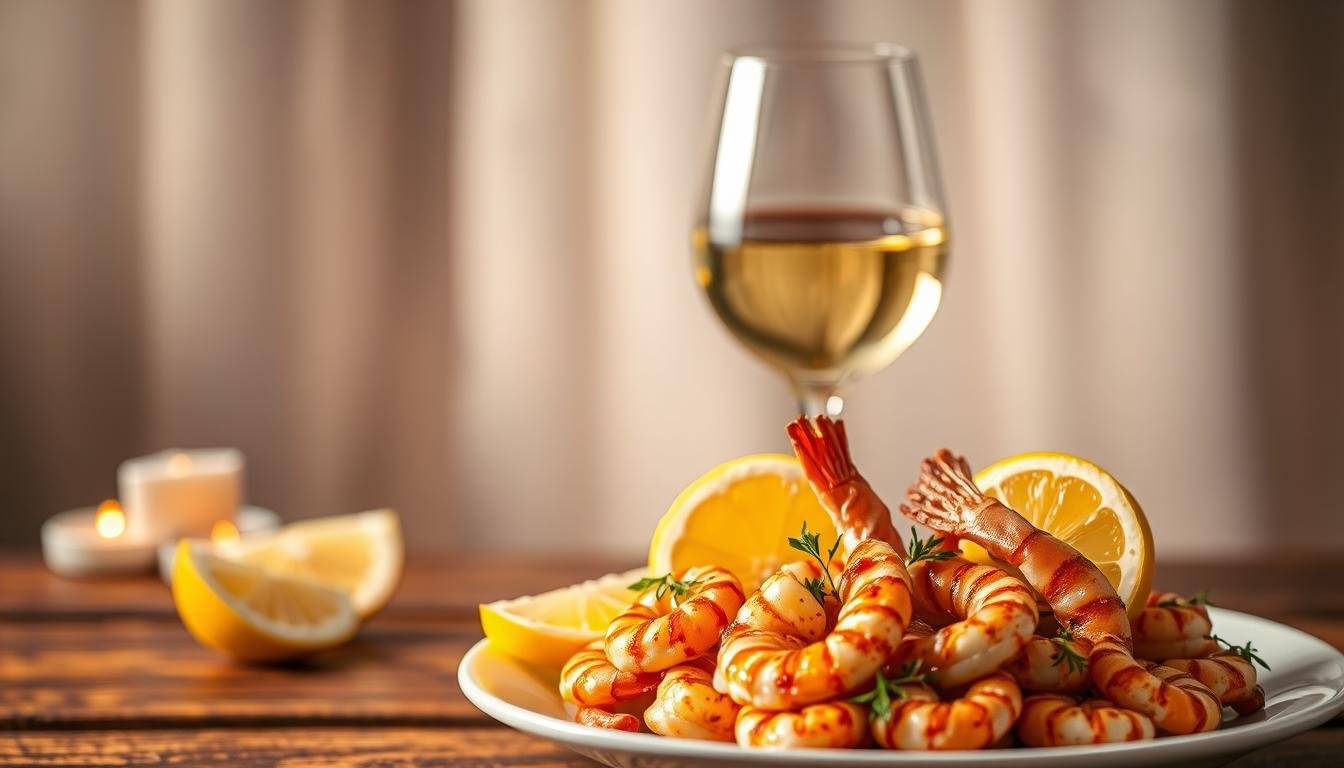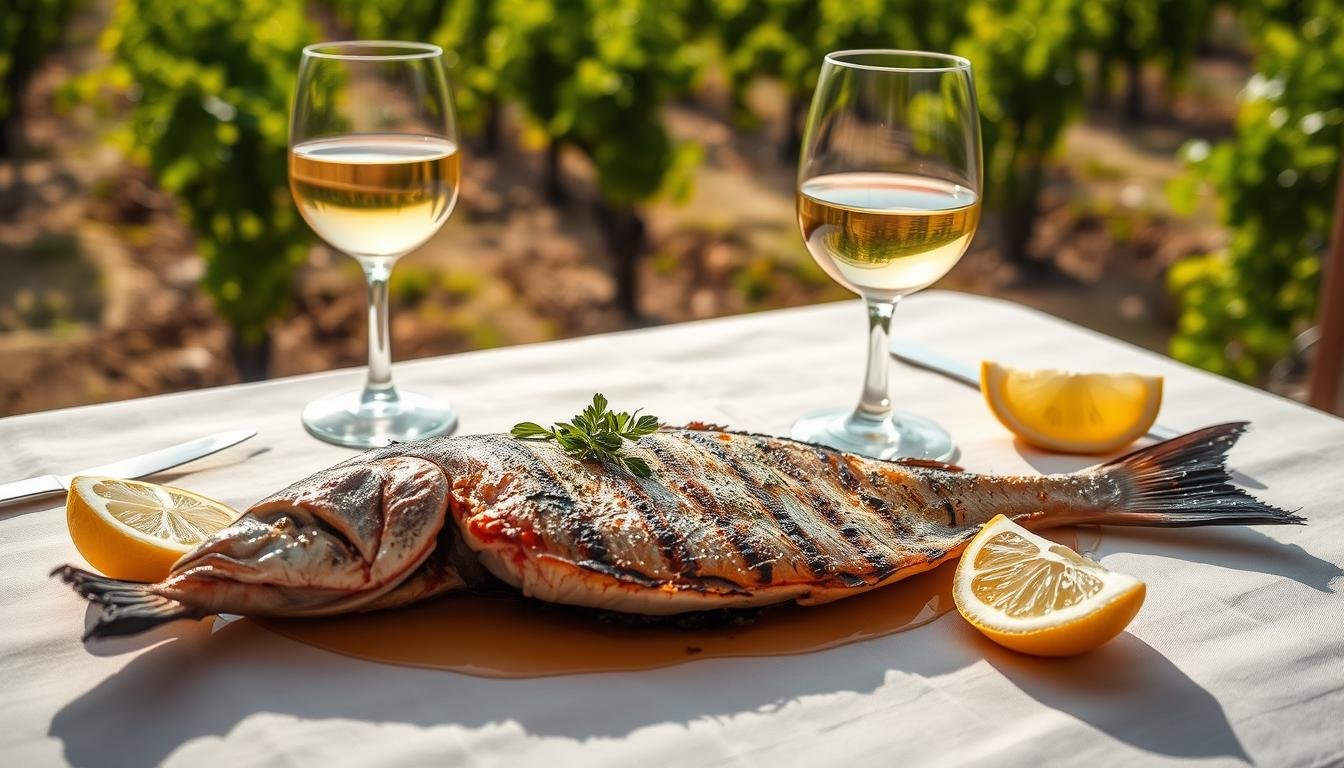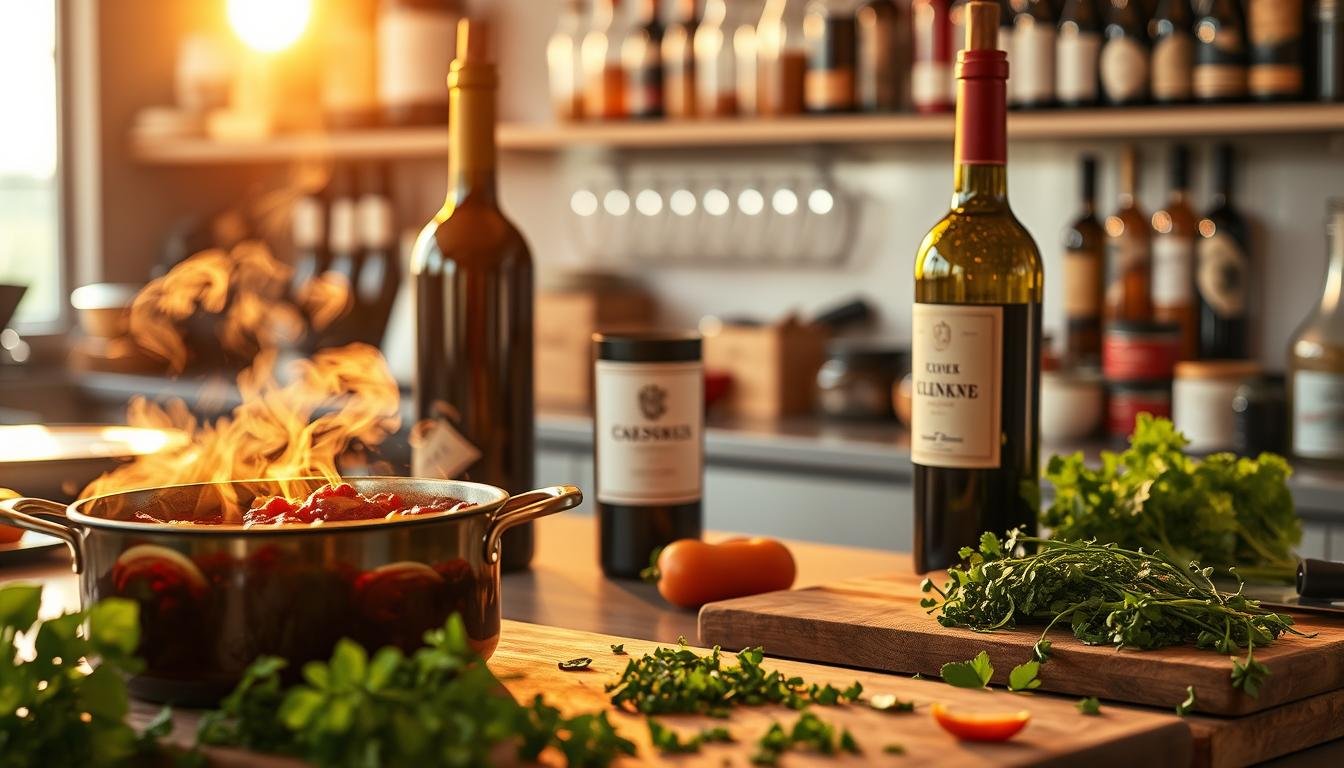Hey there, fellow foodies and wine lovers! If you’re anything like me, you’ve probably wondered, “What’s the deal with pairing food and wine?” Well, wonder no more! I’m here to dish out some tasty tips on how to pair your favorite dishes with the perfect glass of vino. So, grab a snack (and maybe a sip of something delicious) and let’s dive in!
Why is Pairing Food and Wines Important?
First things first, let’s talk about why pairing food and wine is such a big deal. Think of it like this: you wouldn’t wear socks with sandals, would you? Well, pairing food and wine is kinda like that. When done right, it can elevate your dining experience from “meh” to “Wowza!”
Pairing food and wine is like matchmaking for your taste buds—it’s all about creating harmony and enhancing your dining experience. When done right, the combination of flavors in your food and wine can complement each other in a way that elevates the entire meal.
Think of it this way: have you ever tried eating something sweet after munching on something salty? It’s like a flavor explosion in your mouth, right? Well, pairing food and wine works similarly. By choosing the right wine to accompany your dish, you can enhance its flavors and create a delicious balance that tantalizes your palate.
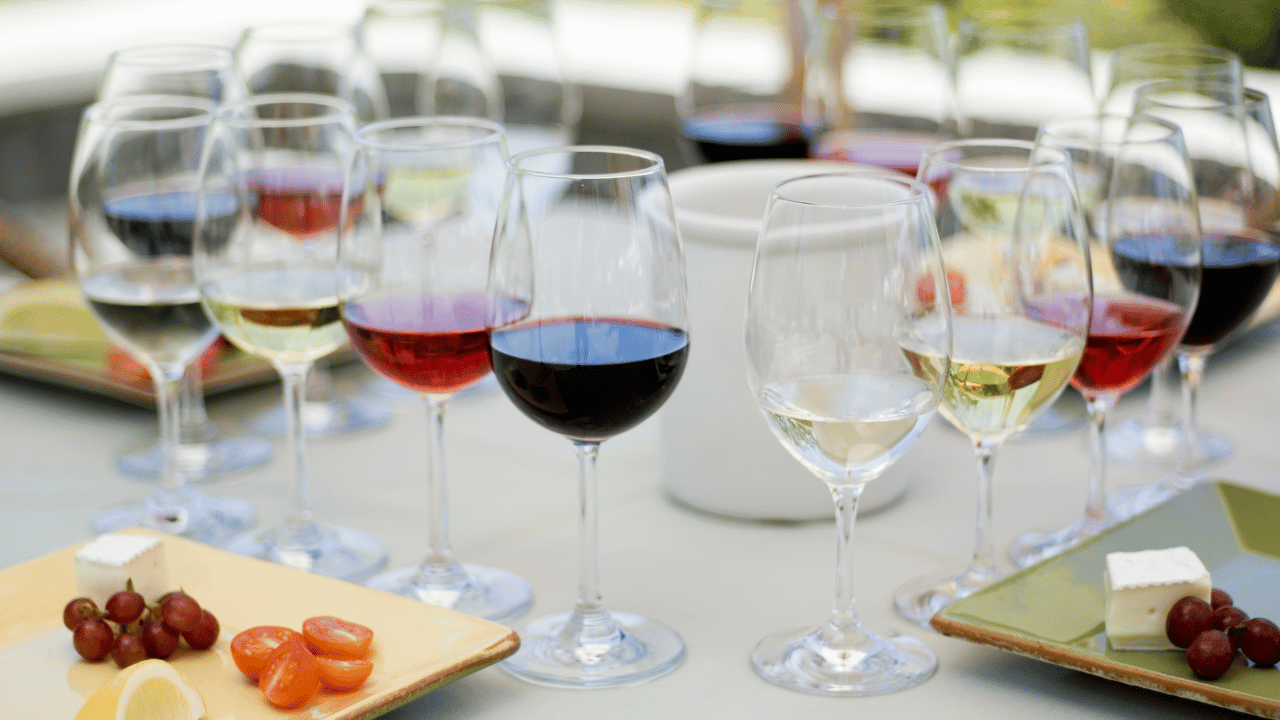
But it’s not just about taste—pairing food and wine can also enhance the overall dining atmosphere. Picture yourself enjoying a romantic dinner with your special someone. Now imagine sipping on a glass of velvety red wine while indulging in a juicy steak. Pretty dreamy, huh? The right pairing can set the mood and make your dining experience even more memorable.
Plus, let’s be real, who doesn’t love showing off their culinary skills? Pairing food and wine is a fun way to impress your friends and family and show them that you’re a bona fide foodie with impeccable taste (pun intended).
So, whether you’re hosting a fancy dinner party or simply enjoying a quiet night in, pairing food and wine is important because it adds an extra layer of enjoyment to your meal and allows you to explore new flavors and combinations. Cheers to that!
So, how do you know which wine goes with which dish? Don’t worry, it’s not rocket science (although, that would be pretty cool).
Here are a few simple guidelines to get you started:
- Match Intensity: This is fancy talk for pairing bold wines with bold flavors and light wines with delicate dishes. For example, a hearty steak pairs well with a rich red wine like Cabernet Sauvignon, while a light salad is best accompanied by a crisp white wine like Sauvignon Blanc.
- Consider Flavors: Think about the flavors in your dish and choose a wine that complements them. If you’re enjoying a spicy curry, a slightly sweet Riesling can help cool the heat. And if you’re digging into a creamy pasta dish, a buttery Chardonnay can be the perfect match.
- Opposites Attract: Sometimes, opposites really do attract! Pairing acidic foods with wines that are slightly sweet can create a delicious balance. For example, a zesty tomato sauce pairs wonderfully with a fruity Merlot.
- Think Regionally: Many times, wines and dishes from the same region pair well together because they’re used to each other’s company. So, if you’re enjoying a classic Italian pasta dish, why not reach for a bottle of Chianti from Tuscany?
Now that you’ve got the basics down, it’s time to put your newfound knowledge to the test! Get creative, experiment with different pairings, and don’t be afraid to trust your taste buds.
Here’s a step-by-step guide to pairing food and wine like a pro:
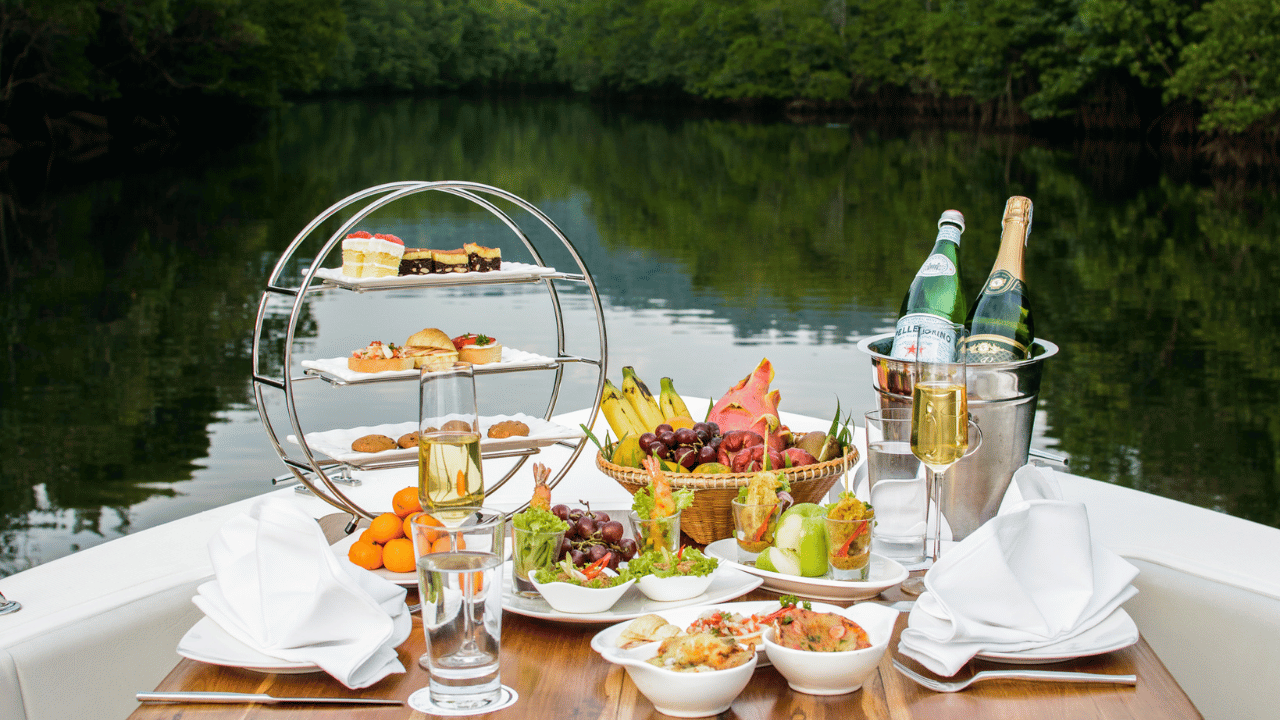
Step 1: Know Your Dish
Start by understanding the flavors, ingredients, and cooking methods of the dish you’re planning to serve. Is it spicy or savory? Light or hearty? Knowing these details will help you choose the right wine to complement the flavors.
Step 2: Consider Intensity
Think about the intensity of both the dish and the wine. If your dish is bold and flavorful, you’ll want a wine that can stand up to it without getting overshadowed. On the other hand, if your dish is light and delicate, opt for a more subtle wine that won’t overpower it.
Step 3: Match Flavors
Look for flavors in your dish that you want to enhance or complement with your wine choice. For example, if you’re serving a dish with citrusy flavors, a wine with notes of lemon or grapefruit can be a great match. Similarly, if your dish has earthy or spicy elements, look for a wine with similar flavor profiles.
Step 4: Opposites Attract
Sometimes, contrasting flavors can create a delicious balance. If your dish is acidic, consider pairing it with a slightly sweet wine to offset the acidity. Or if your dish is rich and creamy, a wine with crisp acidity can help cleanse your palate between bites.
Step 5: Think Regionally
Many times, wines and dishes from the same region naturally pair well together because they’re made to complement each other. Consider the origin of your dish and look for wines from the same region for a harmonious pairing.
Step 6: Experiment and Taste
Don’t be afraid to experiment with different pairings and trust your taste buds. Take a sip of wine, then a bite of food, and see how they interact on your palate. Pay attention to how the flavors and textures of each complement or contrast with one another.
Step 7: Keep It Cool (or Warm)
Make sure to serve your wine at the appropriate temperature to enhance its flavors. Generally, white wines taste best when chilled, while red wines are best served at room temperature. But remember, there are no hard and fast rules, so feel free to adjust according to your preferences.
Step 8: Enjoy!
Sit back, relax, and savor the fruits of your labor. Pairing food and wine is all about enhancing your dining experience and enjoying good company. So, raise your glass, take a sip, and cheers to a delicious meal!
But wait, there’s more! No, this isn’t a late-night infomercial, but I do have a few extra tips to help take your food and wine pairing game to the next level:
- Don’t Stress: At the end of the day, food and wine pairing is all about having fun and enjoying good company. So, don’t stress too much if you’re not sure which wine to choose. Go with your gut (or your taste buds) and you can’t go wrong.
- Keep It Cool: Serving temperature can make a big difference in how a wine tastes. Generally, white wines taste best when chilled, while red wines are best served at room temperature. Just remember, there are no hard and fast rules, so feel free to experiment and find what works best for you.
- Trust Your Nose: Your sense of smell is a powerful tool when it comes to food and wine pairing. Take a moment to sniff your wine before taking a sip and see if you can pick up any aromas that might complement your dish.

